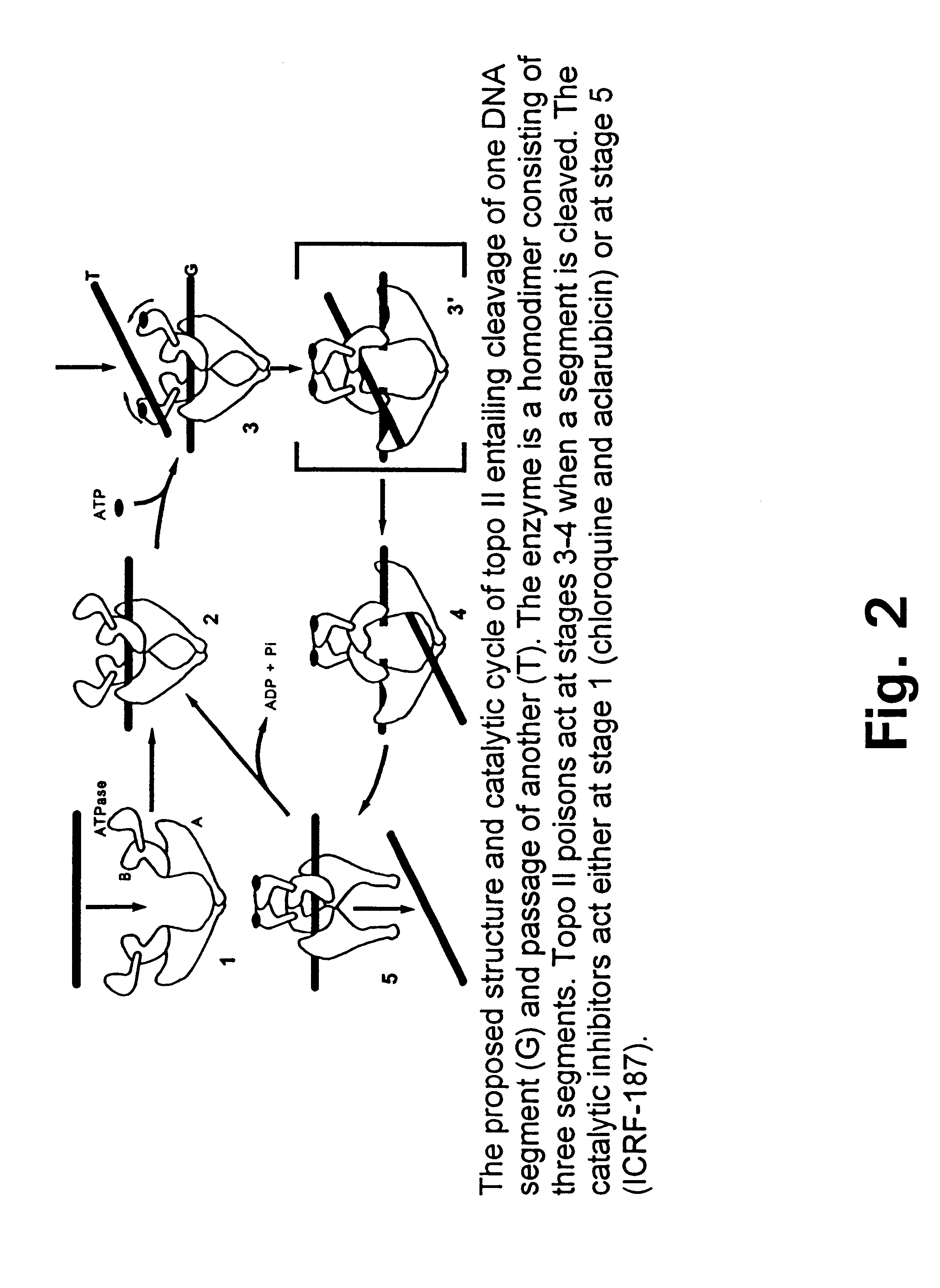Treatment of accidental extravasation of anthracyclines
anthracycline and accidental extravasation technology, applied in the direction of biocide, anti-noxious agents, drug compositions, etc., can solve the problems of inability to treat local extravasation from centrally located indwelling devices, displacement problems, infectious thrombi, etc., and achieve the effect of shortening the duration of wounds
- Summary
- Abstract
- Description
- Claims
- Application Information
AI Technical Summary
Benefits of technology
Problems solved by technology
Method used
Image
Examples
example 1
Experiments with Doxorubicin
In Example 1 the effect of different concentrations of ICRF-187 administered IP at t=0, i.e. simultaneously with doxorubicin was investigated. The concentration of doxorubicin was 2 mg / kg, and the volume as previously stated. The control group received saline IP. Twenty-seven mice were used.
The results are depicted in the data sheet for Example 1. Treatment with ICRF-187 125 mg / kg IP resulted in a 91% reduction in AUC from 543 to 48 mm.sup.2.times.days (p<0.05). Increment of the ICRF-187 concentration to 250 and 375 mg / kg resulted in complete prevention of wounds. The ulcer rates were reduced from 86% to 14%, 0%, and 0%, respectively. Due to the small number of wounds in the ICRF-187 treated groups statistical comparisons of changes in the TTWs and DWs are not meaningful. There were no treatment-related deaths.
example 2
Timing of ICRF-187
The timing of ICRF-187 was investigated in 36 mice. As in Example 1 the concentration of doxorubicin was 2 mg / kg, and saline served as control. ICRF-187 was administered IP in a concentration of 250 mg / kg simultaneously, 3 hours after, or 6 hours after doxorubicin, respectively. The results are depicted in data sheet #2:
Treatment with ICRF-187 resulted in 82-92% reductions in AUCs from 458 to 45, 52, and 81 mm.sup.2.times.days respectively. There was a statistically non-significant trend towards lesser reduction in AUC, when treatment was administered 6 hours after doxorubicin as compared to simultaneous administration. The time to wound and the wound duration were not different. There were no treatment-related deaths. The mean AUCs are shown graphically in FIG. 3.
Overall, treatment with ICRF-187 at t=0 in Example 1 and 2 reduced the ulcer rates from 14 / 16 to 6 / 29, i.e. from 88% to 21% (p<0.05).
example 3
Experiments with Daunorubicin
The effect of various doses of ICRF-187 was investigated in Example 3. Saline served as a control, which yielded an AUC of 764 mm.sup.2.times.days. Co-treatment with ICRF-187 in a dose of 250 mg / kg and 375 mg / kg resulted in reductions of the AUC with 48% and 93%, respectively (p<0.05). The ulcer rates were reduced from 87% to 83 and 25%. There was a conflicting result in the prolongation of the duration of wound in group 2. Otherwise, statistical analysis of the characteristics of the few wounds is not meaningful.
There were no treatment-related deaths.
PUM
| Property | Measurement | Unit |
|---|---|---|
| weight | aaaaa | aaaaa |
| fixed volume | aaaaa | aaaaa |
| volume | aaaaa | aaaaa |
Abstract
Description
Claims
Application Information
 Login to View More
Login to View More - R&D
- Intellectual Property
- Life Sciences
- Materials
- Tech Scout
- Unparalleled Data Quality
- Higher Quality Content
- 60% Fewer Hallucinations
Browse by: Latest US Patents, China's latest patents, Technical Efficacy Thesaurus, Application Domain, Technology Topic, Popular Technical Reports.
© 2025 PatSnap. All rights reserved.Legal|Privacy policy|Modern Slavery Act Transparency Statement|Sitemap|About US| Contact US: help@patsnap.com



